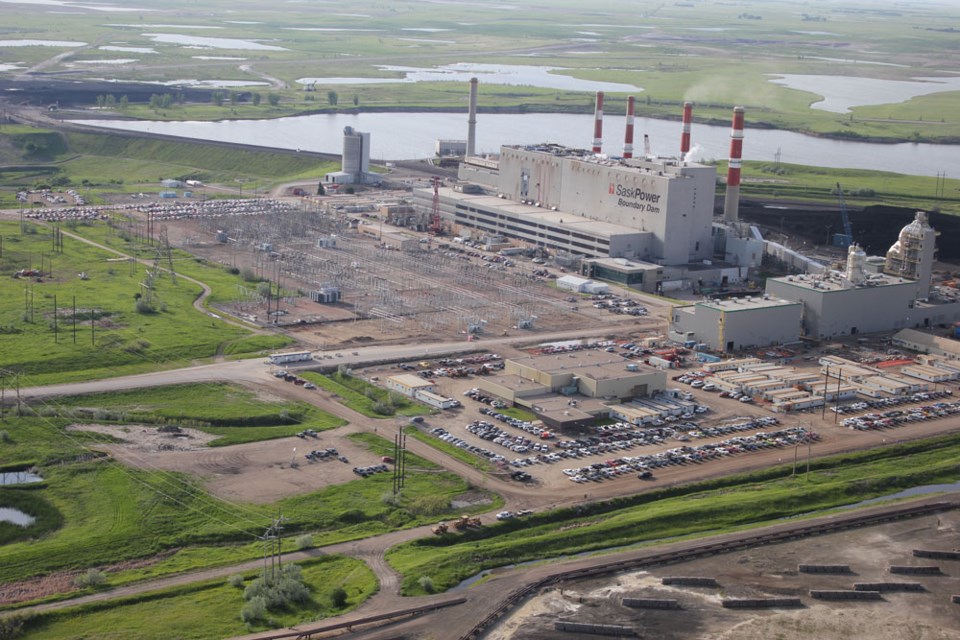The carbon capture and storage (CCS) facility at SaskPower’s Boundary Dam Power Station was online for the entire month of September, the fifth time in nine months that it has happened.
SaskPower released the monthly figures for the CCS plant on Oct. 6. Not only was it online throughout the month, but it captured 77,111 tonnes of carbon dioxide for sale or permanent storage.
This means Boundary Dam continues to be on track to capture a total of 800,000 tonnes in 2016. Since it began operations in October 2014, the project has captured nearly 1.15 million tonnes.
No maintenance is planned in October, either.
The plant generated, on average, nearly 115 megawatts (MW) of power last month, which would be the highest monthly average this year. The 12-month average is 102 megawatts.
The 77,000-plus tonnes of CO2 captured in September marked the highest total since April, when a little more than 80,000 tonnes were captured. The 77,000 tonnes represented 79 per cent of the maximum amount that can be captured at the plant.
The 12-month average is 54 per cent.
The single-day high for captured CO2 was 2,794 tonnes, which was also the highest level since April. The 12-month average has been 2,196 tonnes for the single-day peak.
The acid plant on site also continues to function reliably and safely, with salable sulphuric acid being produced from captured sulphur dioxide.
SaskPower also noted the Aquistore deep underground injection well is also functioning reliably, with more than 86,000 tonnes of carbon dioxide stored permanently and safely, 3.2 kilometres beneath the Earth’s surface. Measuring, monitoring and verification activities at the well confirm that the stored carbon dioxide is remaining in the target geological layer, as expected.




